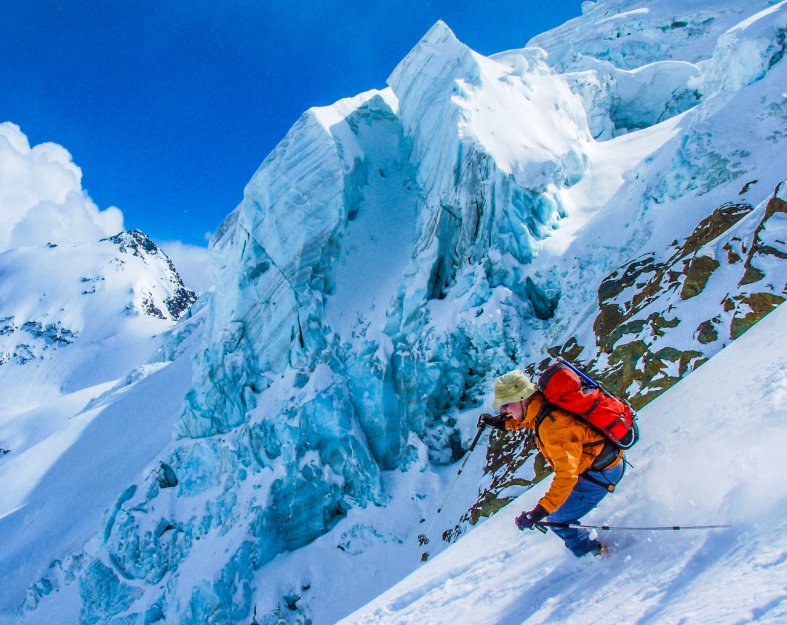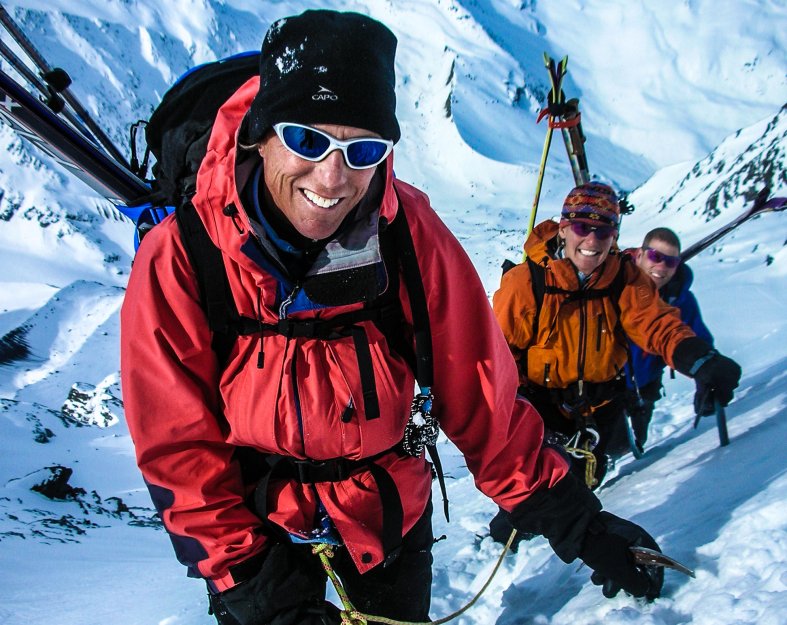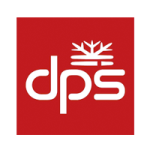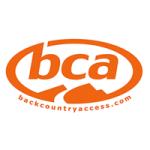This 4-day course is designed for the experienced backcountry skier or splitboarder looking to get into more technical objectives in glaciated terrain. Skis are the perfect tools for climbing (and descending) peaks as they allow us to move quickly and cover a lot of terrain. These camps typically take place utilizing both Washington Pass and Mount Baker, and if the weather cooperates, we finish up with a descent of Mount Baker, truly one of the most classic snow descents in the lower 48. While skiing or riding off the summit is an unforgettable experience, this course is decidedly skill-focused with ample time spent learning and practicing the skills necessary to plan and execute a trip in glaciated terrain.
We typically begin this course with a day tour in the Washington Pass area where we work on steep skinning and skiing techniques including the use of ski crampons (however, we sometimes run the entire course on Mount Baker or Shuksan). That afternoon/evening, we work on the critical skill of tour planning so you can take a leadership role during our next three days. We then switch venues for to Mount Baker or Mt. Shuksan where we cover a range of technical skills from rope team travel to crevasse rescue to whiteout navigation. In addition to being guides, we are all educators and work hard to create a useful and accessible progression of skills – we will take you from the most basic snow anchor to mechanical advantage while highlighting realistic, simple systems.
Experience with backcountry skiing or splitboarding, preferably at least 2 seasons of backcountry experience. Ability to ski/ride downhill in control on steep slopes in highly variable snow conditions. No glacier experience is required.
EQUIPMENT LIST – OVERNIGHT SKI MOUNTAINEERING
TRIPS COVERED BY THIS LIST:
- Ski Mountaineering Course
- NCNP Ski Traverses (e.g., Forbidden Tour, Isolation Traverse)
- Mount Baker & Mt. Shuksan Skiing
A NOTE ABOUT EQUIPMENT LISTS: Nothing can ruin a trip faster than having the wrong gear for the conditions at hand. All our programs are subject to rapid and severe changes in the weather. Select garments that are warm, lightweight, and durable. Generally speaking, the best arrangement is to think in terms of layers – a system that dries quickly, allows flexibility and resists wind, water, and abrasion. All of us have different tolerances for heat or cold; for example, you might choose warmer gloves than specified here if you tend to get cold hands. If you have doubts about a specific garment’s appropriateness, please discuss this with your guide in advance to determine the conditions you are most likely to experience. This list is built for a trip with an unsettled weather forecast. With a good weather forecast, some of these items may be left behind to save weight. All trips require that you bring adequate food and water. Please see our “food” equipment list for details.
|
Ski/Ride
Avalanche Safety (these can be rented from NCMG
|










